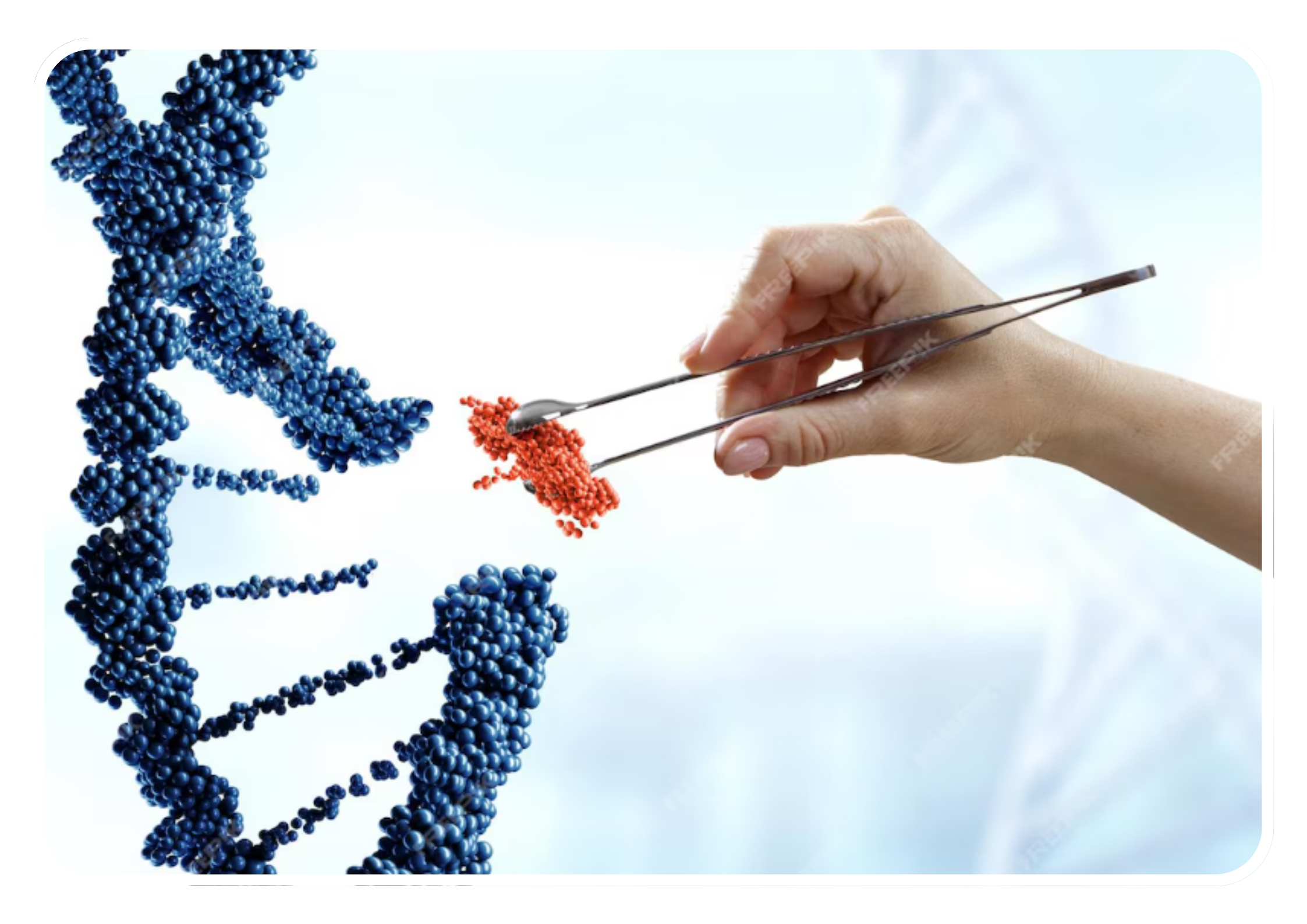How PGT-M Works
1. IVF Process
- Ovarian Stimulation and Egg Retrieval: Eggs are retrieved from the ovaries after stimulation with fertility medications.
- Fertilization: The retrieved eggs are fertilized with sperm in the laboratory to create embryos.
2. Embryo Culture
- Development: The embryos are allowed to develop in the laboratory until they reach the blastocyst stage, typically around day 5 or 6 after fertilization.
3. Embryo Biopsy
- Procedure: A small number of cells are carefully removed from each embryo using a laser or fine needle. This biopsy does not harm the embryo's development.
- Genetic Testing: The biopsied cells are analyzed to detect specific genetic mutations or disease-causing variants. Techniques such as polymerase chain reaction (PCR), next-generation sequencing (NGS), or other molecular methods are used for this analysis.
4. Selection of Genetically Normal Embryos
- Identification: Embryos that are free from the targeted genetic mutation or disorder are identified for transfer.
- Embryo Transfer: One or more unaffected embryos are selected for transfer into the woman's uterus.
5. Cryopreservation of Embryos
- Storage: Any remaining unaffected embryos that are not transferred during the IVF cycle may be cryopreserved (frozen) for future use.
Benefits of PGT-M
- Reduced Risk of Genetic Disorders: Allows for the detection and avoidance of embryos affected by specific genetic diseases, reducing the likelihood of passing on genetic disorders to offspring.
- Increased Chances of Healthy Children: Helps couples at risk of passing on inherited genetic conditions to have healthy children.
- Informed Family Planning: Provides valuable information for couples to make informed decisions about their reproductive options and family planning.
Considerations
- Suitability: PGT-M is not suitable for all genetic conditions, and it may not be necessary or recommended in all cases.
- Consultation: The decision to undergo PGT-M should be made in consultation with a fertility specialist, genetic counselor, or reproductive geneticist, taking into account factors such as the specific genetic condition, inheritance pattern, medical history, and individual fertility goals.
- Limitations: PGT-M does not guarantee pregnancy or eliminate all risks of genetic disorders but can significantly reduce the likelihood of passing on inherited genetic conditions to future generations.
- Cost: PGT-M is an additional expense on top of the cost of IVF treatment and may not be covered by insurance.
- Ethical Considerations: The use of genetic testing raises ethical questions related to embryo selection and the potential disposal of embryos with detected abnormalities.
Conclusion
Preimplantation Genetic Testing for Monogenic Disorders (PGT-M) is a valuable tool for couples who are carriers of specific genetic conditions or monogenic disorders and wish to have children unaffected by these conditions. By identifying embryos that are free from the targeted genetic mutation or disorder, PGT-M allows couples to reduce the risk of passing on inherited genetic conditions and increase the likelihood of having healthy children. However, it is essential to carefully weigh the potential benefits, risks, and ethical considerations in consultation with healthcare providers and genetic counselors.
At Bliss IVF, our experienced team is dedicated to providing comprehensive and personalized care to help you make informed decisions about your reproductive options. We are committed to supporting you through every step of your fertility journey with expertise and compassion.

